Thypoch Simera 75mm f/1.4 Review: A Lovely Pocketable Portrait Prime

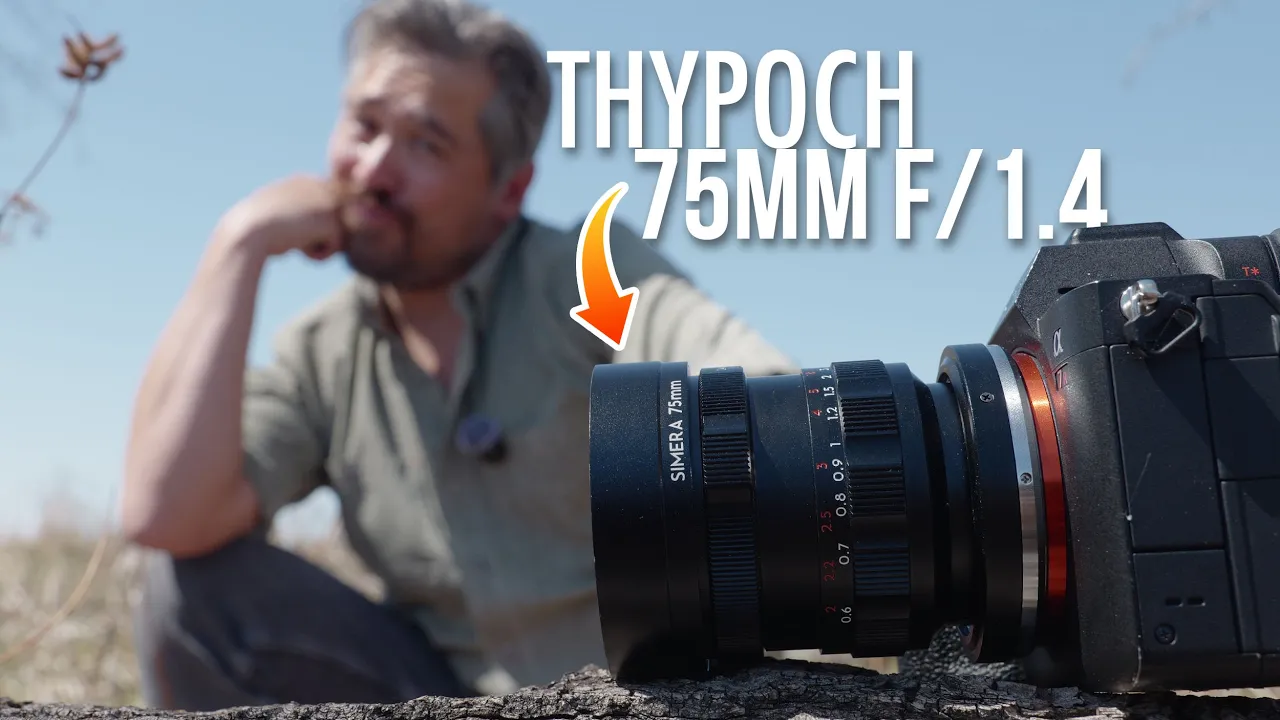
I love the 75mm focal length. In fact, anything around 70mm to 90mm is more like a normal lens for me than a 50mm. And if the lens has a fast aperture, I’m even more enamored.
I’ve reviewed Thypoch lenses before and found them to be beautifully machined and full of character, but that doesn’t always mean they are good optically. I also hate the locking mechanism on the manual focus ring with a passion. These are just a couple of reasons why I was so pleasantly surprised by the new $850 Simera 75mm f/1.4.


Thypoch Simera 75mm f/1.4 Review: How It Feels
Make no mistake: the Simera 75mm is beautifully machined, but Thypoch has done away with the frustrating locking mechanism on the focus ring. I still love the clever visual depth of field gauge, and the aperture ring can be set for smooth or click-stop functionality.
At just over thirteen ounces (372 grams), the 75mm has some heft to it, which only serves to make the lens feel solidly well built. The Simera 75mm f/1.4 takes 58mm filters, and there are 16 aperture blades inside the lens, which should make for some smooth-looking bokeh.
I had a black one for testing, but they also come in a handsome chrome finish.
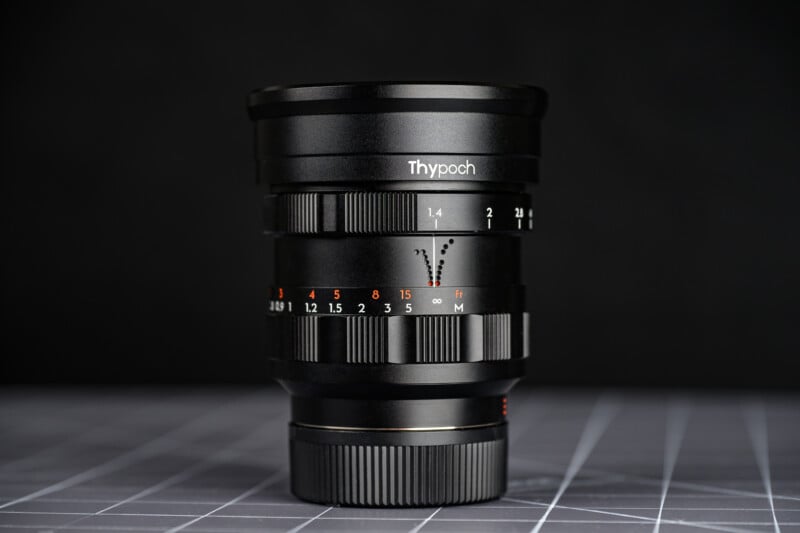

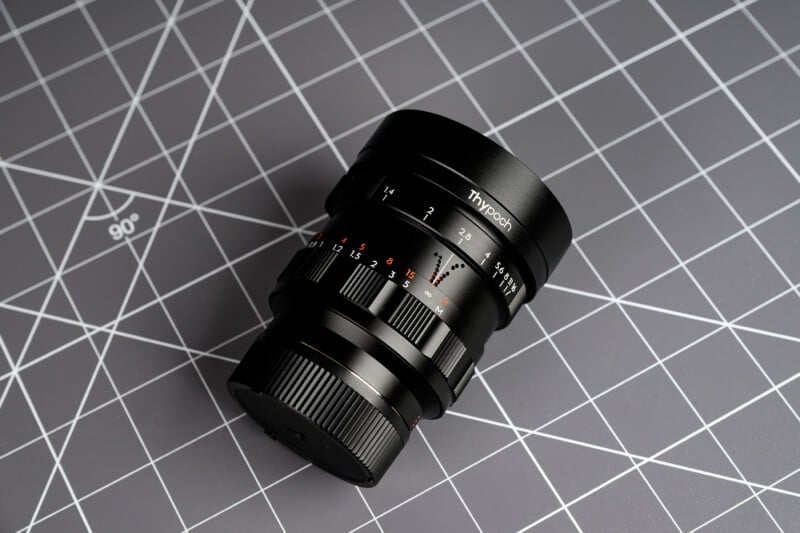
The Simera 75mm is currently only offered in Leica M mount, and for my testing, I adapted it to a Sony a7RV so I could really evaluate image quality. However, I also shot some black and white film on an M mount Voigtlander Bessa R2a so that I could evaluate other ways that the lens would commonly be used.
It’s important to remember that these lenses do not have autofocus or any sort of electrical communication with digital bodies, so there is no EXIF data, and any image stabilization in the body has to be set manually.
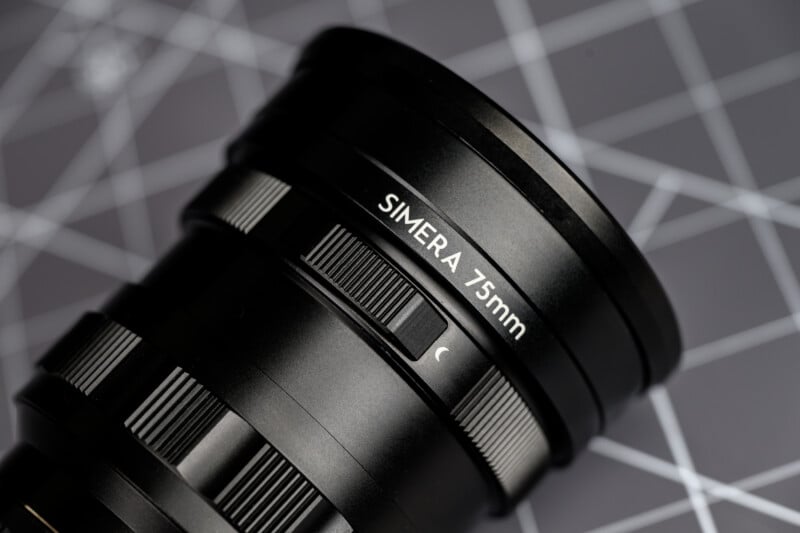

![]()
Thypoch Simera 75mm f/1.4 Review: How it Shoots
It seems that many of the manual focus lenses trade image quality and optical corrections under the guise of being rich with character. You’re supposed to love the flaws and embrace the issues, but I don’t always want that present in my images. So, how did the Simera 75mm do?
Well, flare is the first thing I tested, and the Simera does a pretty good job when shooting wide-open and using the hood. There is some loss of contrast, but the lens doesn’t have too many issues. Stop the lens down a bit, and you will start to get some very obvious ghosting and colorful reflections. If the hood is left off, you can also get some pretty heavy ghosting when the light source is just outside the frame.



LoCA, or longitudinal chromatic aberration, is very difficult to get rid of in the editing phase, and it never looks nice. Unfortunately, the Simera 75mm does suffer from some visible LoCA, especially at f/1.4. Shooting black and white images is one fix, but if you are shooting color and shooting with shallow depth of field, LoCA will rear its ugly head.
However, bokeh is quite beautiful on the Simera. There is a pleasant cat’s eye effect to the specular highlights at f/1.4, which can give you a nice swirly look to your images. Stopping the lens down, we see the benefit of that very round-shaped aperture: bokeh is quite smooth with no onion ring issues. The backgrounds can look slightly harsh, but I would say that overall, the bokeh is smooth and pleasant.

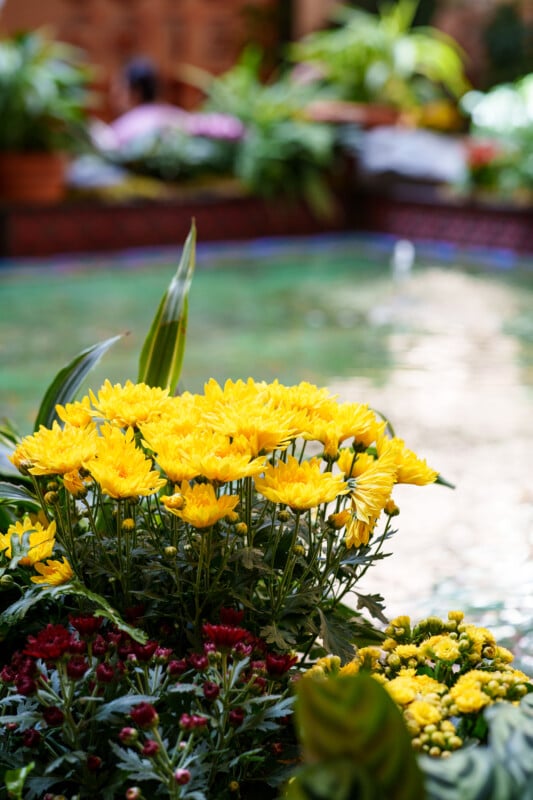
![]()
I was also really pleased with the sharpness at f/1.4. There is excellent detail retained in the center of the image, and it exhibits decent contrast, too. Stopping the lens down just makes it better, but I would happily shoot this lens at wider apertures all day long. The corner sharpness suffers a bit, although this is of minor concern on portrait-range lenses like the 75mm focal length. Again, stopping down the lens helps here, but the extreme corners never become excellent by any stretch.


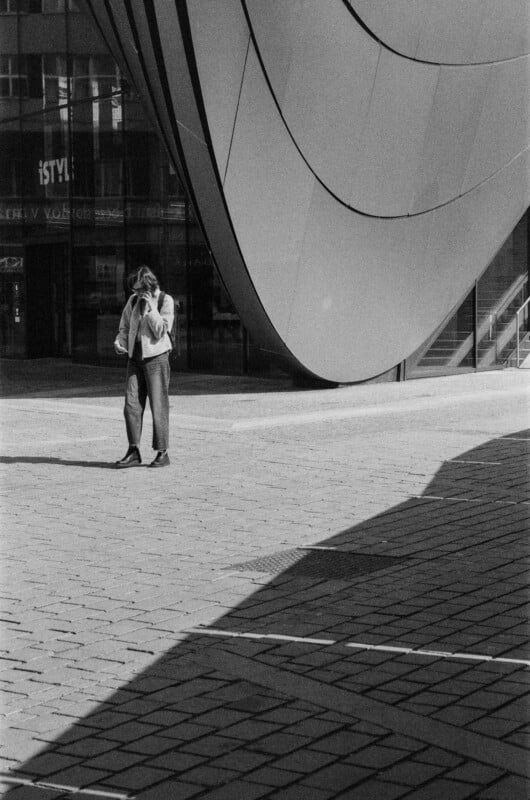
Thypoch Simera 75mm f/1.4 Review: M-Mount for the Masses
For $850, I feel like the Simera 75mm represents decent value. M-mount lenses from Voigtlander and especially Leica tend to be pricey, and the Simera 75mm f/1.4 certainly comes in below as a viable alternative. Most importantly, the image quality is good where a 75mm f/1.4 needs it to be. The lens is sharp and the bokeh is high-quality, so it’s easy to forgive the other flaws.
I wouldn’t often reach for this lens on a digital body with an adapter, but I would absolutely use it for analog pursuits or as an affordable portrait and street photography lens on a digital Leica M camera. The Simera 75mm f/1.4 has an almost dreamy look at f/1.4, which is particularly nice on 35mm film and can always deliver more mainstream results when stopped down slightly.
![]()

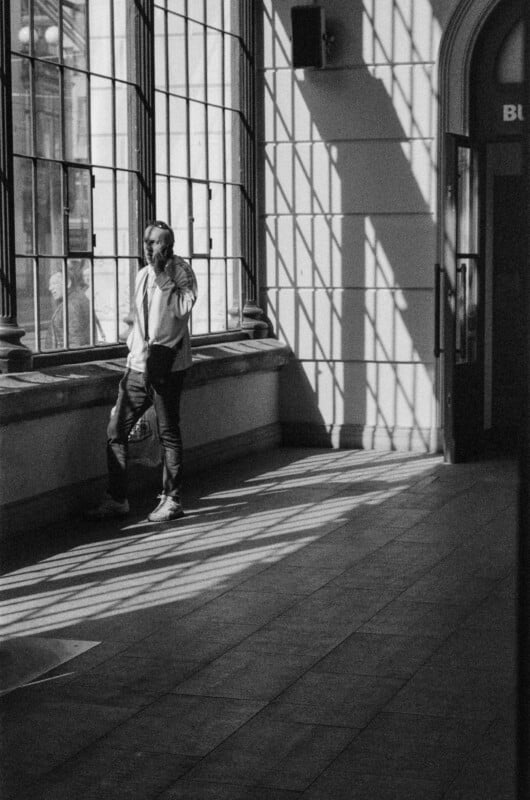


Are There Alternatives?
If you are going to adapt it to a digital mirrorless camera, the autofocusing 85mm lenses that are available are often a better buy. For example, the $1100 Sigma Art 85mm f/1.4 is slightly more money but infinitely cleaner optically. If you are sticking to native M mount lenses, the Voigtlander Nokton 75mm f/1.5 is a good option and is usually found around the same $850 mark. It boasts similar performance and would be an excellent option, too.
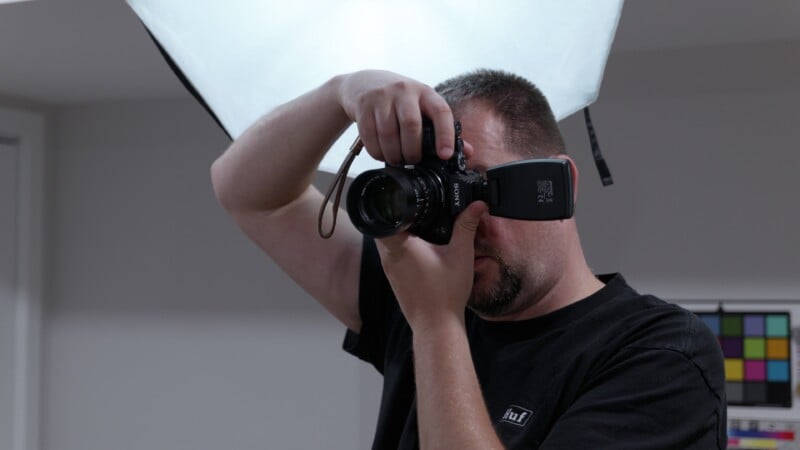

Should You Buy It?
Yes. With the Thypoch Simera 75mm f/1.4, you get some “character” but also a solid performance out of this plucky little lens.
Source link


